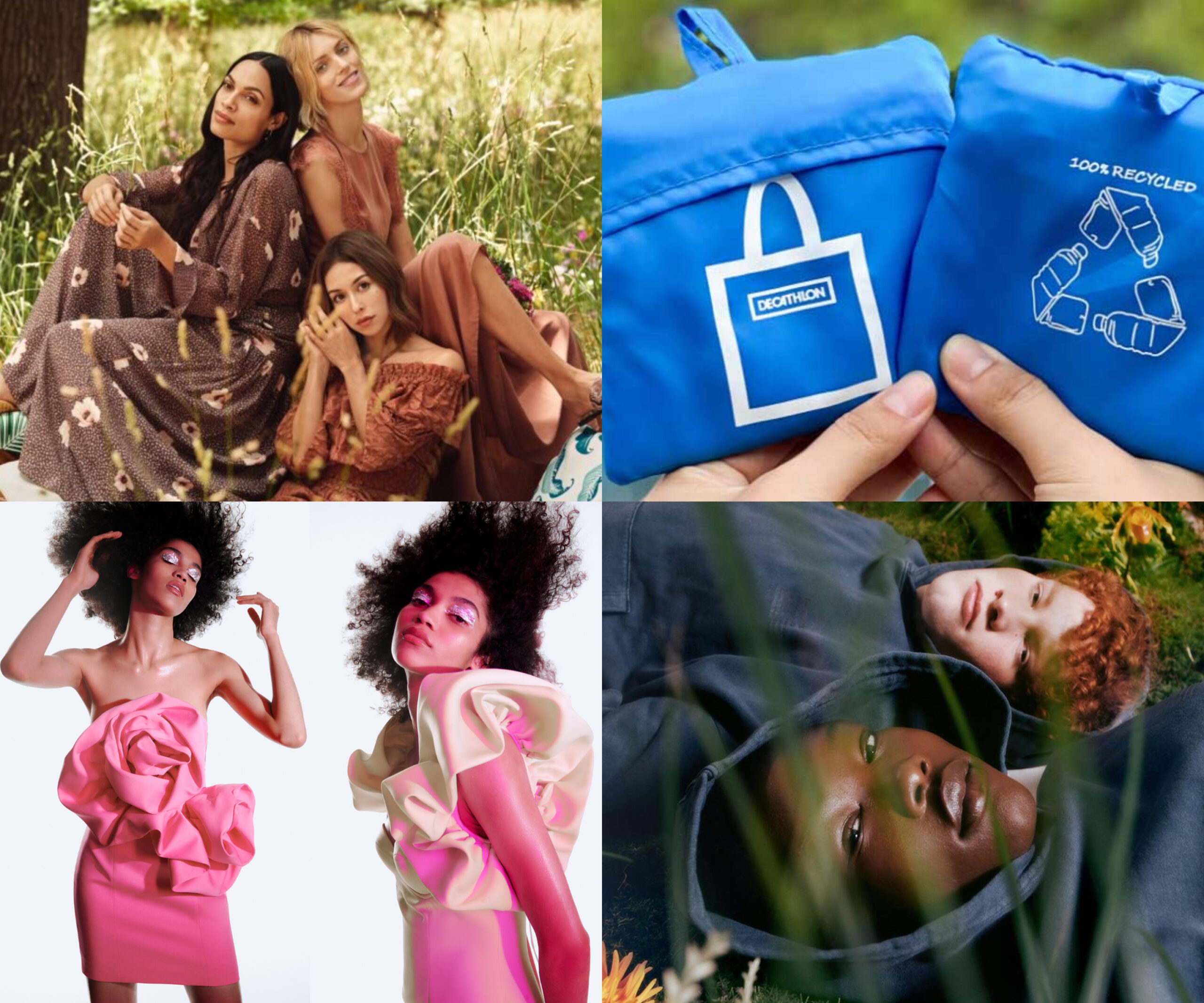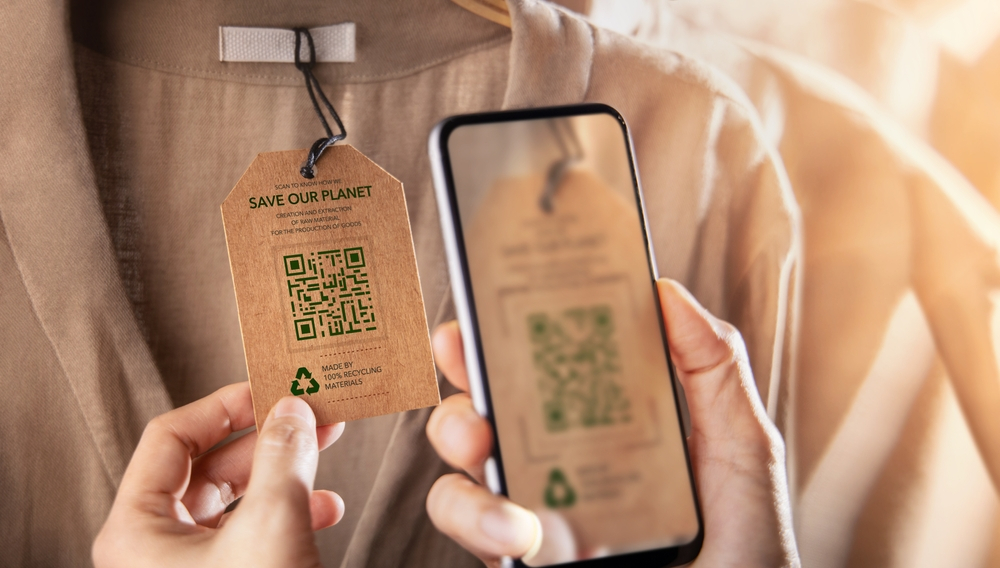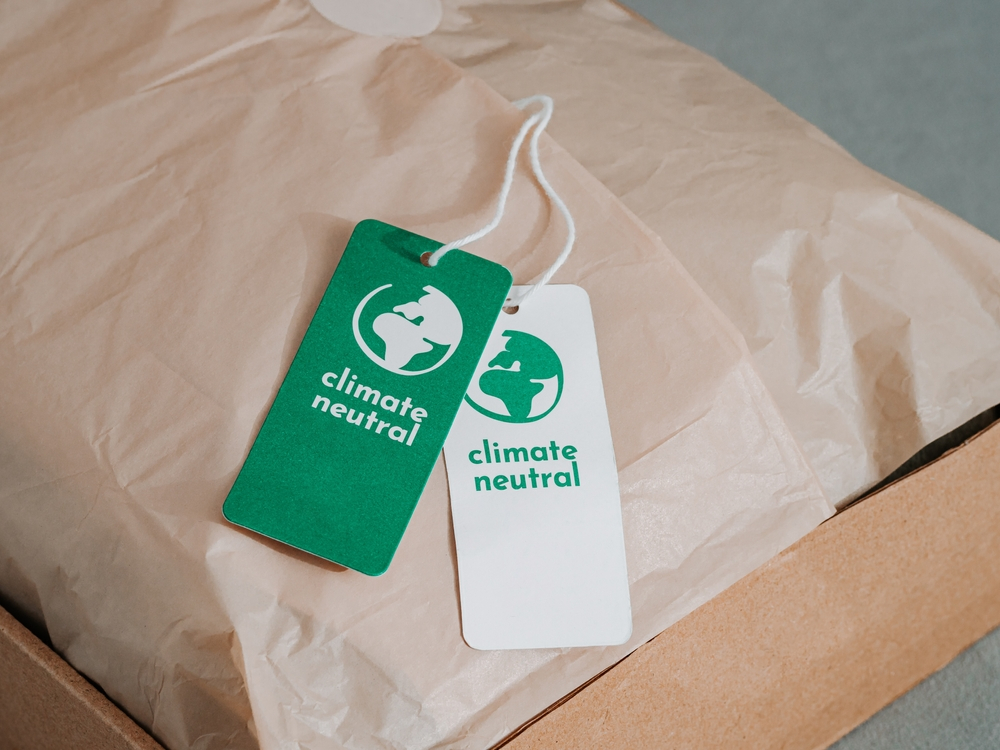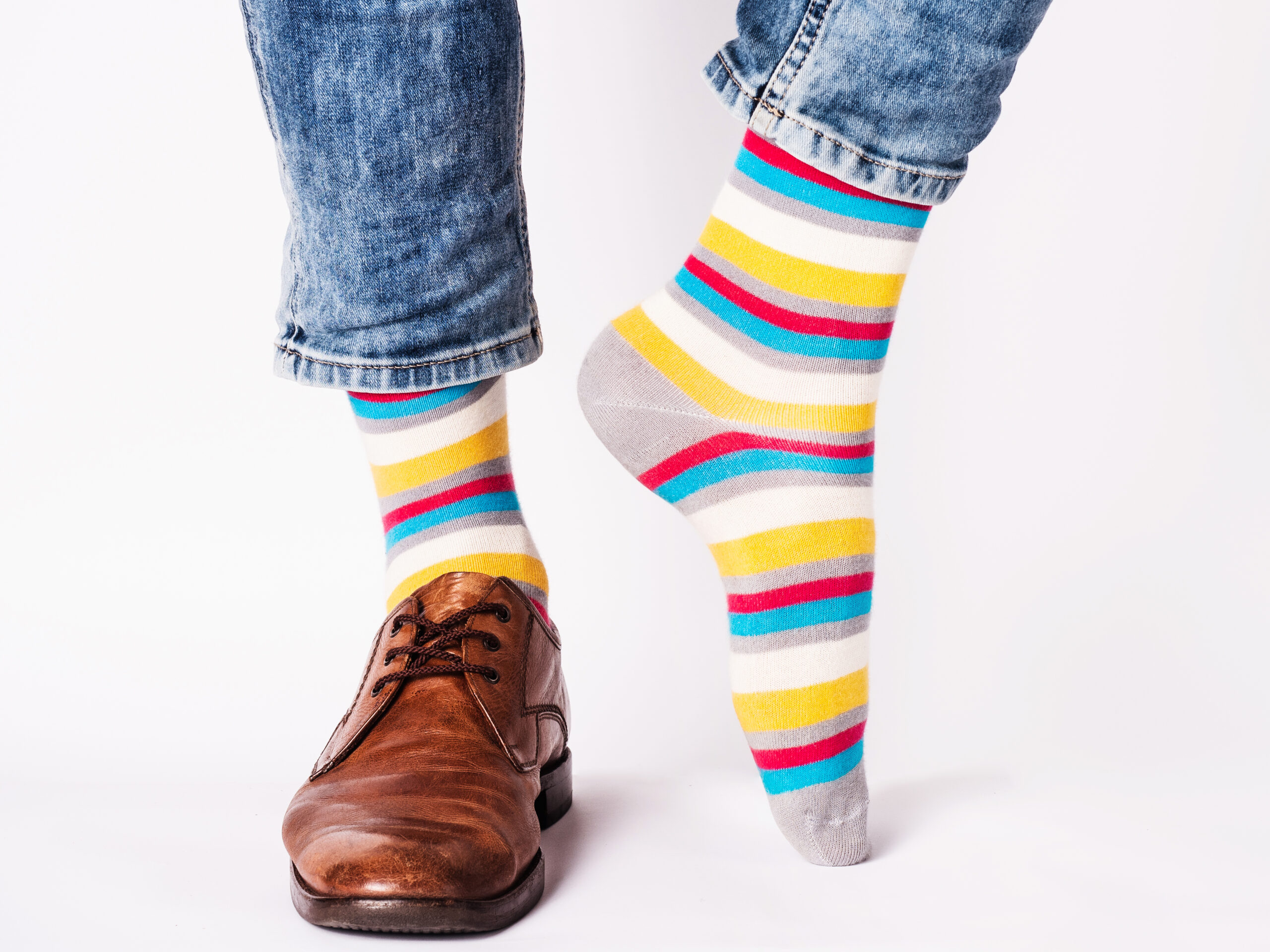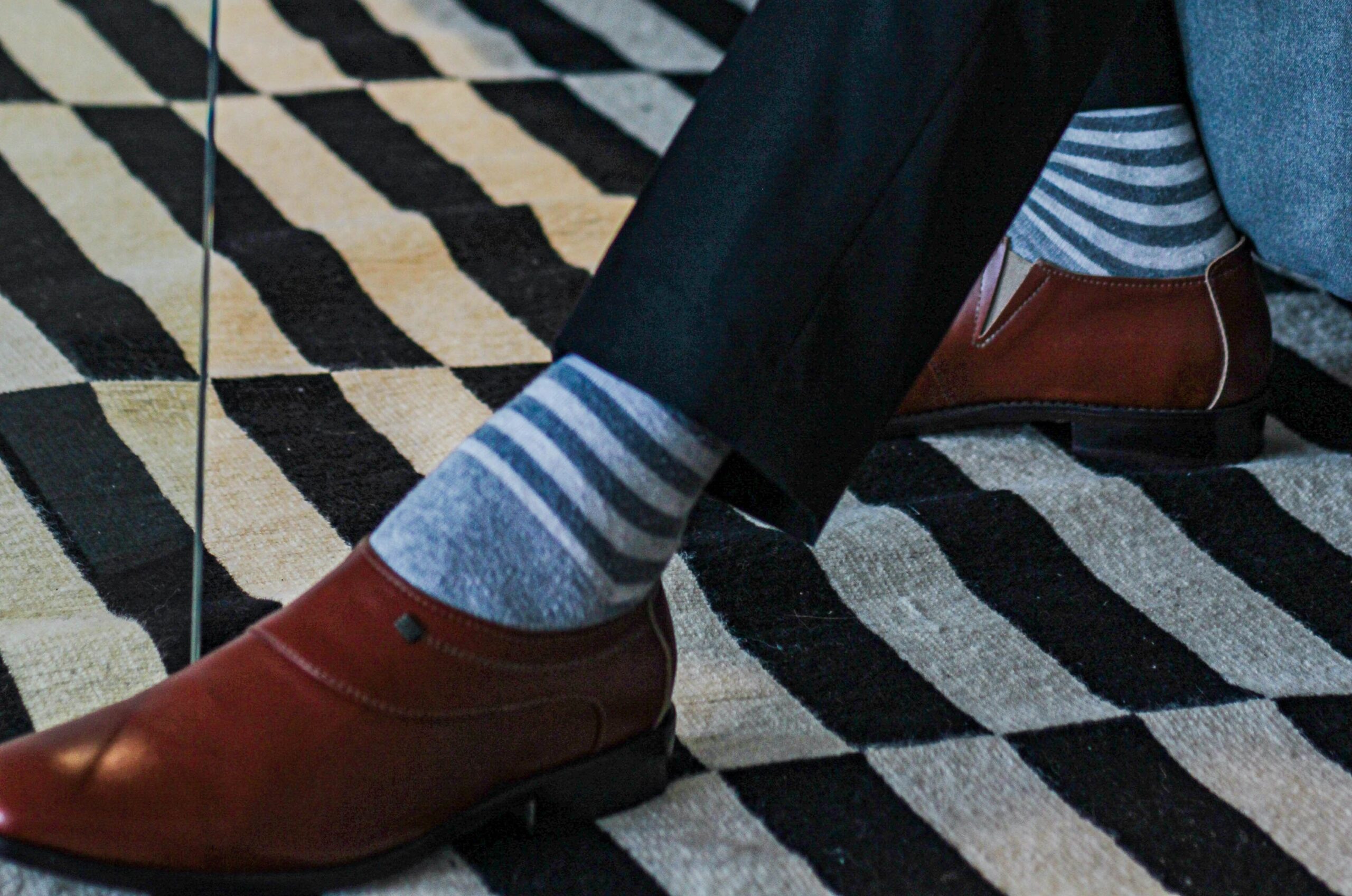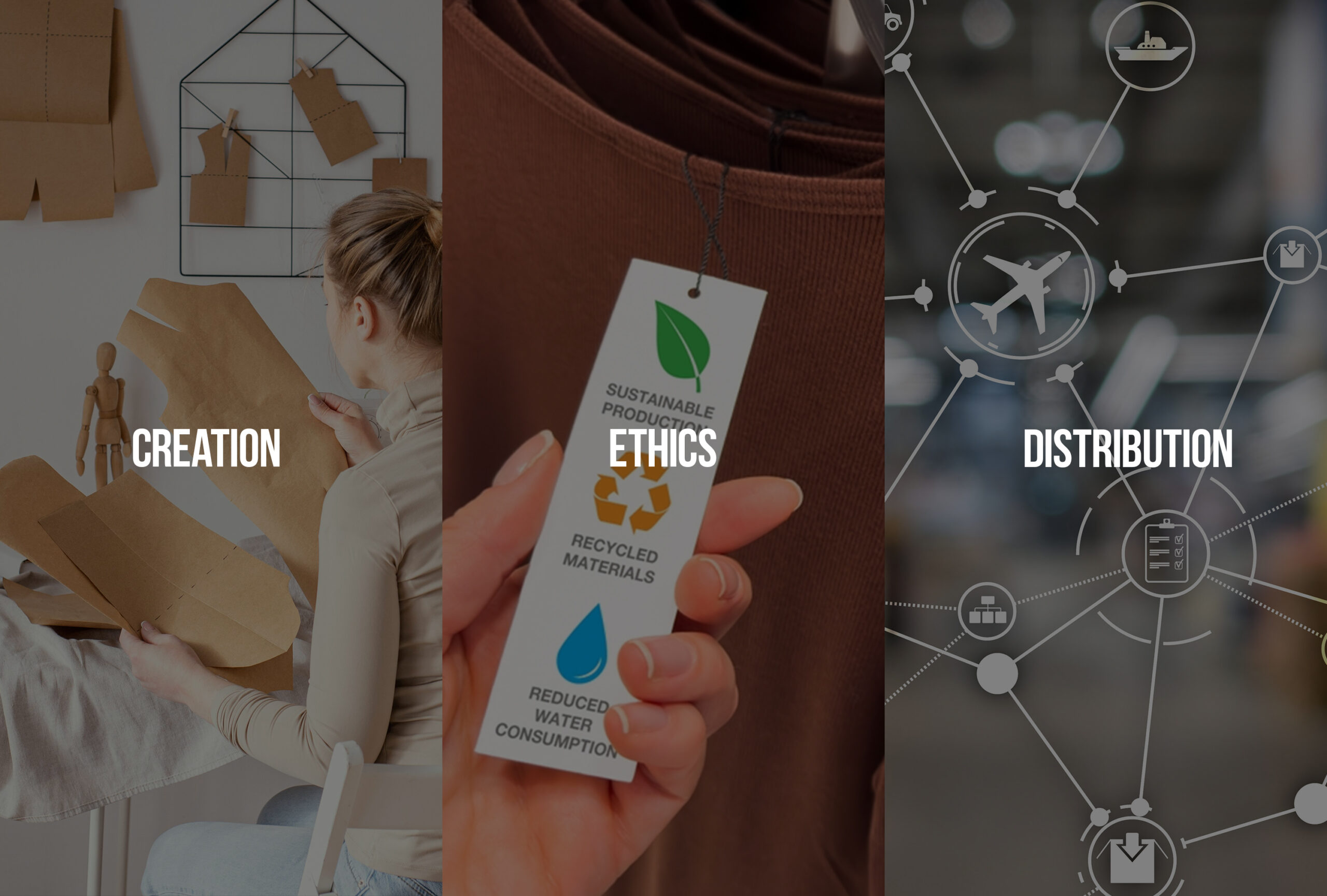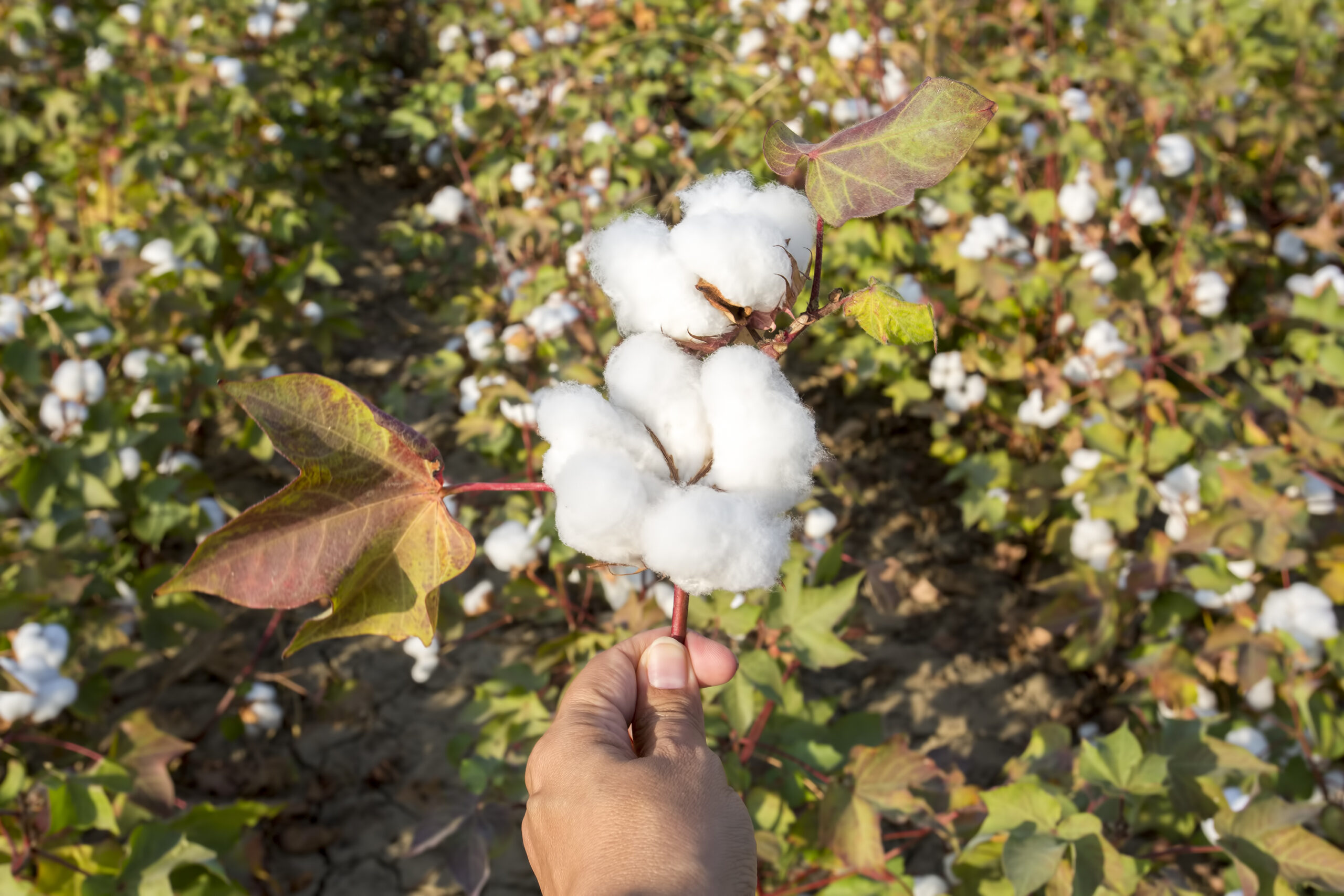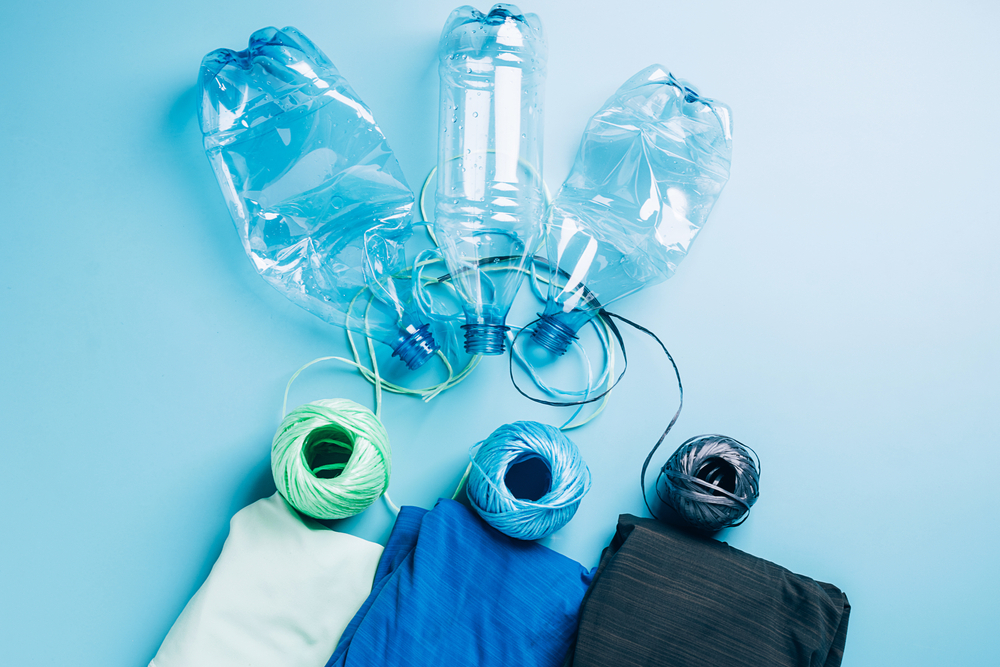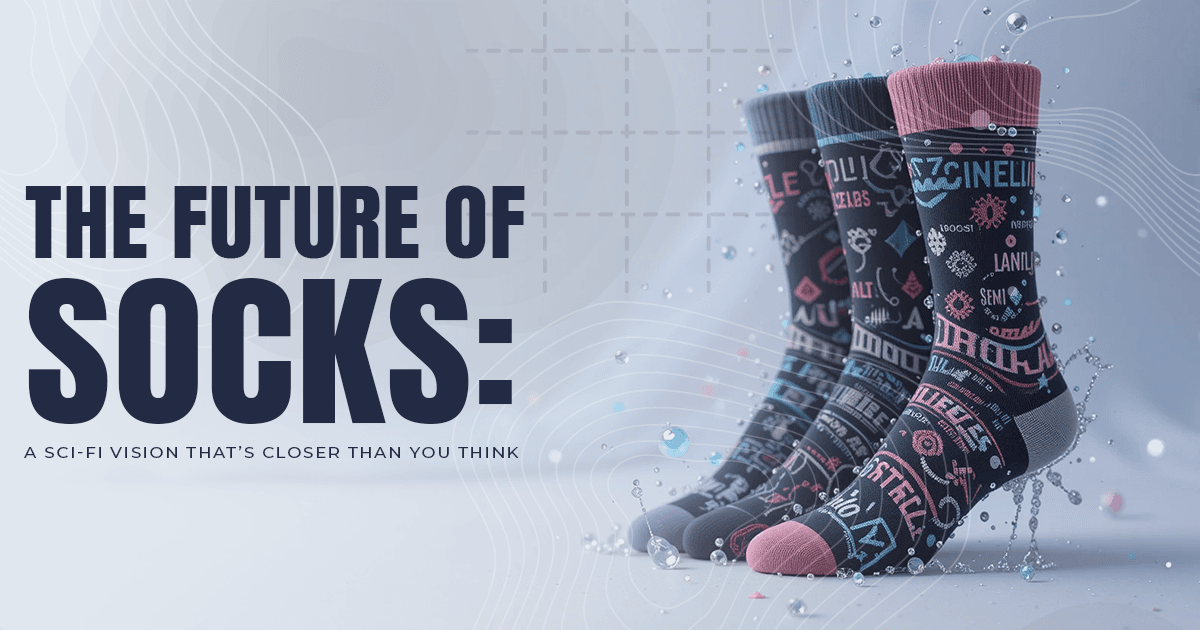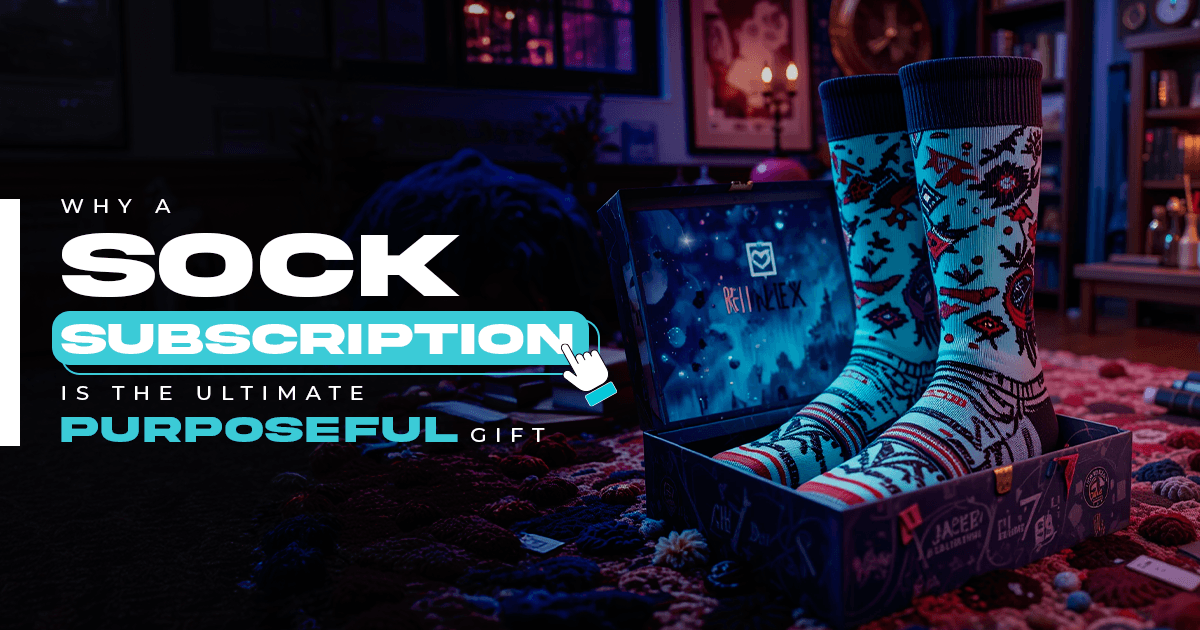Introduction
Putting on a Good Face
The Types of Greenwashing
The Ugly Side of Greenwashing
Our Role
It’s Time for Change
Introduction
In today’s environmentally conscious world, the idea of sustainability has grown beyond just talk and turned into a movement that affects industries, policies, and what consumers choose. What was once viewed as home for creativity and personal style, the fashion industry today has become a part of the sustainability movement, whether some fashion houses like it or not. But while some brands are genuinely trying to be more environmentally friendly with their manufacturing processes, material sourcing etc. There’s a massive problem rising on the side: greenwashing.
But what is Greenwashing? This term is used when companies pretend or lie about being sustainable, thus making it all the more difficult to know whether the entire industry is truly on a ‘green’ journey or not. Let’s understand it better:
Putting on a Good Face
Imagine yourself on your next trip to the mall. You see a vibrant array of clothes and almost all of them come with a stamp that proudly claims to be environmentally friendly. For a moment, you end up thinking, ‘this is great’. But then you see that stamp everywhere and start to wonder, ‘is this all on the surface-level?’
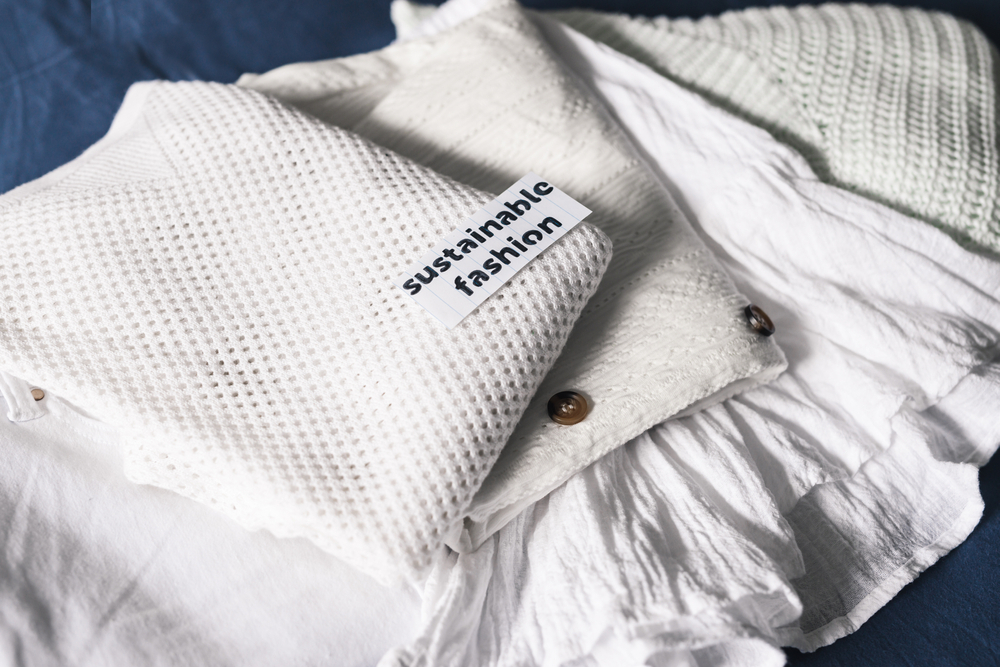
You’re right in questioning that. Many brands today are using things like “organic” cotton and sustainable materials, in a bid to promote their efforts to be kinder to the planet. But are these claims true, or are they just simple marketing tricks to lure in the eco-friendly customers? Who’s making sure they’re really as environmentally friendly as they show themselves to be? Who’s keeping check?
Greenwashing might look like the real deal, but it’s actually not. Unfortunately a big section of the industry has brands that spend a lot of time and resources on advertising that they are sustainable when they can instead take the effort to change their processes internally. This strategy might seem harmless at first but in reality it completely nullifies the real genuine efforts made by others as it disappoints customers and makes them distrust all brands in general.
The Types of Greenwashing
Greenwashing is done in more than one way, and it is important to be able to identify it so as to be more cautious in our choices.
Label Love: The easiest way many brands indulge in greenwashing is by carelessly branding their products with ‘eco-friendly’ labels. We’re sure we’ve all encountered a few brands that they do this in our local malls.
Distraction Artists: Like a real magic trick, these brands will focus on one good change they’ve made in their product and shout from rooftops about it so customers don’t even look at the other ways they harm the environment. For example, they will use genuine organic cotton but will not speak about the unfair or bad labour practices in the manufacturing process.
Hidden Agendas: This is a straight up con. These brands lie about their certifications, their eco-friendly processes, and more hoping that their customers will buy the story and won’t ask any questions. However, the truth is just a Google-search away.
The Ugly Side of Greenwashing
Remember greenwashing is not only limited to fashion it affects all industries but it is a bigger menace in this sector because of the sector’s ongoing battle with environmental issues. While it is truly an opportunity to take this responsibility and turn it into a trigger for positive change by tackling issues like waste and unfair labour practices, trends like fast fashion are only making things worse by distancing the genuine customers who care for the planet.
Greenwashing takes unfair advantage of this genuine concern of customers by simply pretending to be sustainable. Brands blatantly use words like “natural” or “eco-friendly” without any actual proof. Oftentimes they make one small aspect of their products eco-friendly and highlight that while conveniently ignoring other ways it harms the environment.
Our Role
In light of this situation, how can we be more aware and not fall prey to greenwashing? Afterall, how many times are we in a rush to actually sit and give it a thought if the ‘organic’ label is real or fake? The answer lies in being a little smart and well-informed. Here’s what you must do:
Dig Deep: Brands that indulge in greenwashing are afraid of questions. So, go ahead and ask brands for details about those labels, ask about their supply chain, manufacturing processes etc. You will instantly know who is pulling a fast one.
Look for Proof: While brands get away with labels, they can’t take random names of certifications. Look for labels from trusted organizations like Fair Trade, Global Organic Textile Standard (GOTS), and B Corp. Cross-check if someone says they have that certification online.

Check Reviews: In today’s world, nothing can be hidden for too long. Online reviews and ratings always show the real picture Just be weary of those paid reviews by influencers.
It’s Time for Change
Lastly, remember the power you hold in your hands as consumers. Greenwashing has resulted because more and more consumers are seeking eco-friendly options. So if you were to go the extra mile and support brands that are truly sustainable and demand transparency,
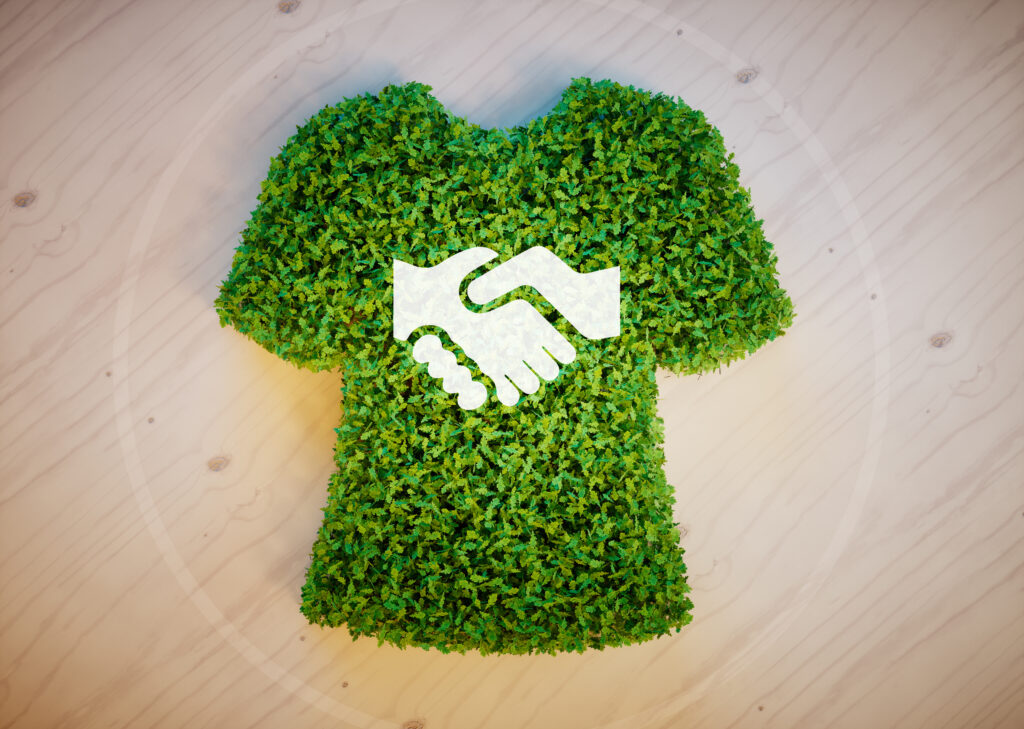
you can nudge the industry into doing better. Also the governments and regulatory authorities need to step up to not only set clear rules but penalise offenders who indulge in greenwashing so as to deter other brands from doing the same.
The fight against greenwashing isn’t a solo fight. Customers, brands, regulatory authorities all need to play their role. Brands need to look beyond marketing gimmicks and see the advantages of being genuinely sustainable. And consumers need to be more aware and informed of their product preferences. Only then, together, can we all aim to create an industry that works for the betterment of the planet.

